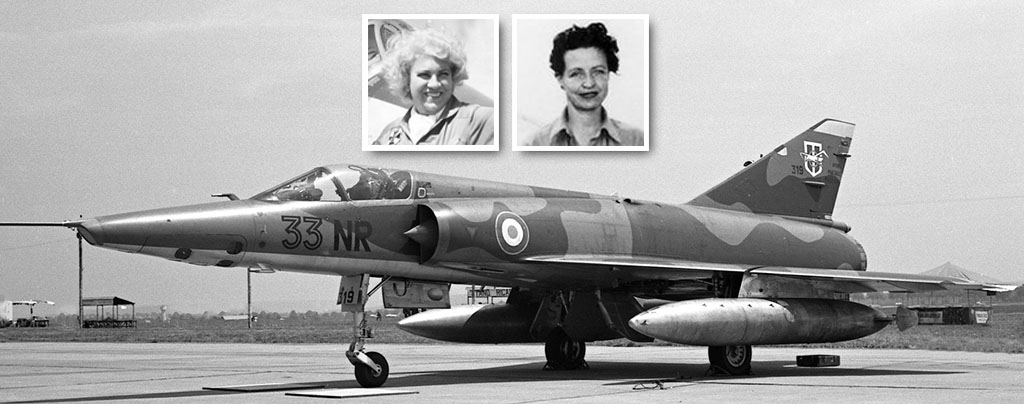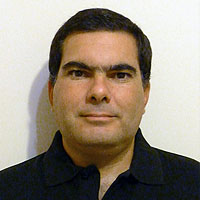One summer, when I was eight or ten years old, my parents brought home a biscuit box, so my siblings and I could have something to munch on in the afternoon. Much to our surprise, that box contained a small metal model of a two-engine aeroplane that would eventually become mine. Aside from becoming one of my favourite toys, it also became a watershed in the way I viewed life, because it aroused my growing interest for aviation in general.
It was a real, but healthy, battle between two amazing women for being the fastest and the best aeroplane pilot.
As I got to know more about aviation, one of the things I always sought and admired were outstanding events that became a turning point and a significant milestone. One of the most important which called my attention is what I call “the battle of women“, when I found out about some outstanding women like Amelia Earhart. But above all else, who isn’t attracted by speed?
Jacqueline Cochran could teach us a thing or two about speed.
This woman was considered as one of the greatest racing pilots of her generation, apart from being the first woman to break the sound barrier and the first to make a transoceanic jet flight, along with setting many other records. She worked as a hairdresser before becoming aware that her future lay somewhere else. When a friend gave her a spin in an aeroplane, she was so enthralled that she took up flying lessons until she obtained a commercial pilot’s licence. From that moment on, her passion for flying drove her to take part in several races, during which she won more than one prize and set several speed records. In 1953, she became the first woman to reach the speed of sound flying a Canadair F-86 Sabre.
At the other end of the Atlantic and driven by the same passion, Jacqueline Auriol became a test pilot and managed to achieve true aerial feats of daring in her aircraft. She reached a speed of Mach 2 on board a Mirage III in 1959. In 1962, she broke the speed record by flying at 1,850 km/h. The record set by her rival, Jacqueline Cochran, had been broken.
A real, but healthy rivalry arose between the two, which gave rise to moments when the desire of one of them to excel above the other would materialise in significant aviation milestones concerning both speed and the control and piloting of aircraft.
As far as piloting is concerned, one of these women’s outstanding feats was the danger faced by Auriol when she lost control on board a Mystere IV. The aeroplane plummeted like a stone and she had to withstand incredible pressures for anybody. On the point of losing consciousness, as she herself would later recognise, she managed to regain control of the aircraft and land without suffering any kind of damage.
Amazing speeds for the time were reached by these women. Auriol reached 2,030 km/h in 1964 and Cochran 2,097 km/h that very same year. On the day of Jacqueline Cochran’s death in 1980, no one had yet exceeded that speed. In 1970, Jacqueline Auriol wrote “I love to fly”.



